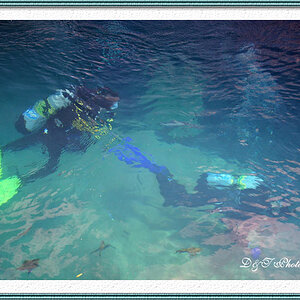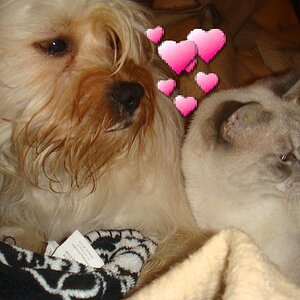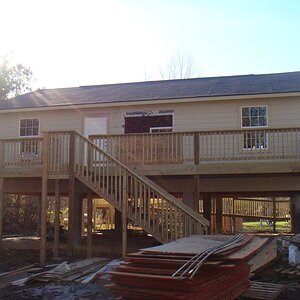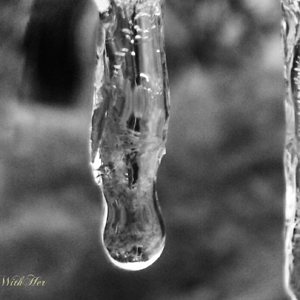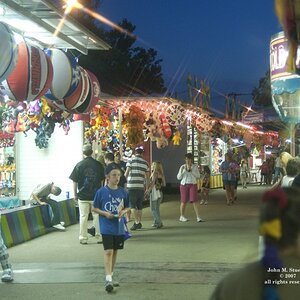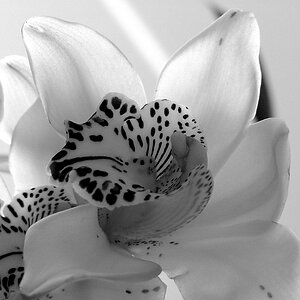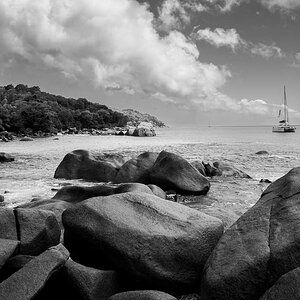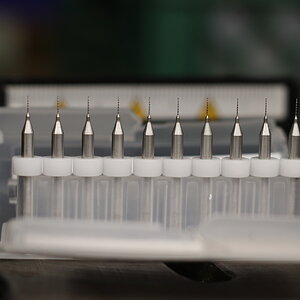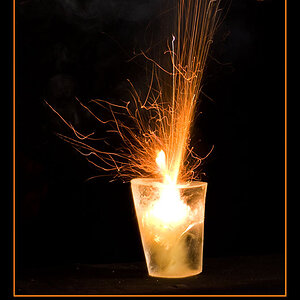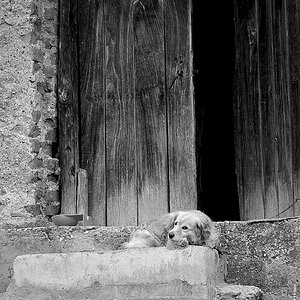Robin Usagani
Been spending a lot of time on here!
- Joined
- Jun 6, 2010
- Messages
- 10,347
- Reaction score
- 2,174
- Location
- Denver, CO
- Can others edit my Photos
- Photos OK to edit
C'mon man its all good geez its the Internetz =)
"Schwetty was half right -- you get a lot less effective flash power since you're throwing away the peak)"
I haven't ever ever had that prob per my light meter but if I do I'll simply up the monolight pow-ah!
I will take half right :thumbup:. I am still not following though. If I read it correctly it will only HyperSYNC with a speedlite up to 1/320. If you go faster, it will be in HSS/FP mode?
Also most monolight you need to set it at FULL power. What if full power is too much? You have to use smaller aperture? What if you want shallow DOF? If you constantly shoot it at full power, wouldnt you drain the battery?
I think I am missing something here... explain it to me.
HyperSync - PocketWizard Wiki
Wrong dead wrong on full power, wrong on /320
I am not reading correctly then LOL. I cant follow that page.


